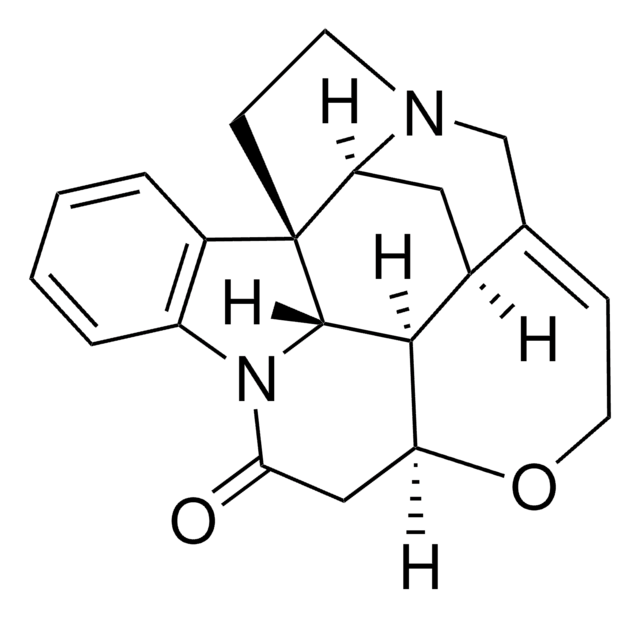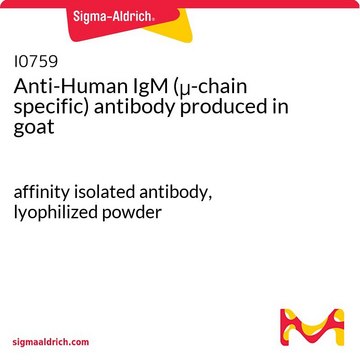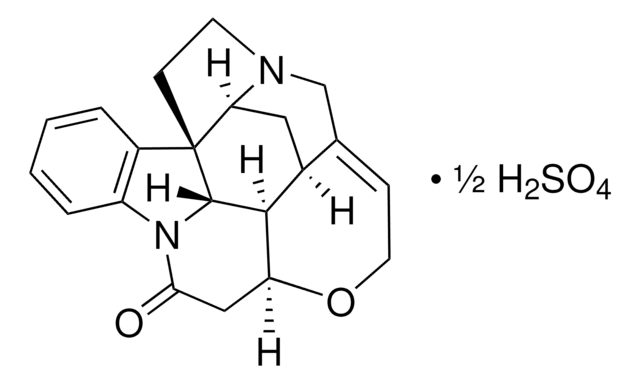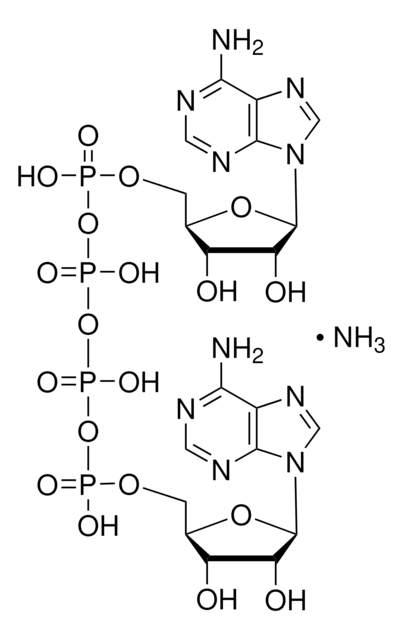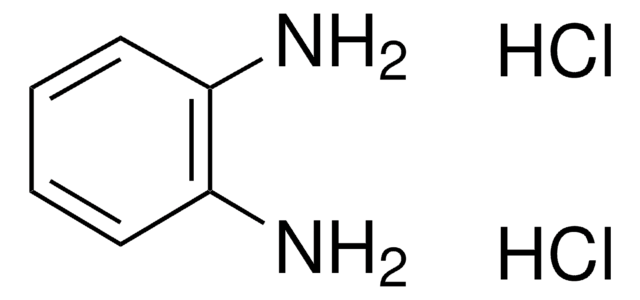C271
CX546
≥98% (HPLC), solid
Sinónimos:
1-(1,4-Benzodioxan-6-ylcarbonyl)piperidine
About This Item
Productos recomendados
Nivel de calidad
Ensayo
≥98% (HPLC)
Formulario
solid
condiciones de almacenamiento
protect from light
color
white to off-white
solubilidad
DMSO: ≥10 mg/mL
temp. de almacenamiento
2-8°C
cadena SMILES
O=C(N1CCCCC1)c2ccc3OCCOc3c2
InChI
1S/C14H17NO3/c16-14(15-6-2-1-3-7-15)11-4-5-12-13(10-11)18-9-8-17-12/h4-5,10H,1-3,6-9H2
Clave InChI
LJUNPHMOGNFFOS-UHFFFAOYSA-N
Información sobre el gen
human ... GRIA1(2890) , GRIA2(2891) , GRIA3(2892) , GRIA4(2893)
Descripción general
Aplicación
Acciones bioquímicas o fisiológicas
Precaución
Código de clase de almacenamiento
11 - Combustible Solids
Clase de riesgo para el agua (WGK)
WGK 3
Punto de inflamabilidad (°F)
Not applicable
Punto de inflamabilidad (°C)
Not applicable
Equipo de protección personal
Eyeshields, Gloves, type N95 (US)
Elija entre una de las versiones más recientes:
¿Ya tiene este producto?
Encuentre la documentación para los productos que ha comprado recientemente en la Biblioteca de documentos.
Nuestro equipo de científicos tiene experiencia en todas las áreas de investigación: Ciencias de la vida, Ciencia de los materiales, Síntesis química, Cromatografía, Analítica y muchas otras.
Póngase en contacto con el Servicio técnico